Market Share
Automotive Heat Shield Market Share Analysis
The Automotive Heat Shield market is undergoing significant trends influenced by the evolving automotive landscape and the increasing focus on vehicle performance, efficiency, and emission control. One key trend is the rising demand for lightweight and high-performance materials in heat shield manufacturing. Among such materials gaining popularity in constructing these devices are advanced materials like aluminum, stainless steel and composite alloys which automakers use to promote fuel efficiency together with reducing overall vehicle weight. This trend towards light weighting aligns with broader industry push to meet stringent emissions standards while improving general operational efficiency. Another notable trend in the automotive heat shield market is the increasing adoption of electric and hybrid vehicles. With increased shift towards electrification, electric and hybrid vehicles pose particular challenges for managing excessive heat produced during operation due to high-capacity batteries or electric motors. Thermal management systems play a crucial role in dissipating this heat away from critical components within such alternative powertrains or engines. As a result, there has been an increase in demand for specifically made heat shields that cater to electric/hybrid vehicle’s unique requirements as EV sectors grow. Technology advancements also shape market dynamics since they improve performance of these shields used on automobiles. The above mentioned improvements include integration of new types of insulators/ coatings into them along with application of laser cutting technique or additive manufacturing technology such as 3D printing to ensure their better functioning. The current trend is geared towards having better thermal protection and performance of the vehicle through these modern technologies. This indicates that enhanced heat dissipation, decreased thermal radiation, and finer heat management in different areas of a car are some of the benefits experienced from these advancements. Additionally, the market trends within automotive heat shield industry reveal the prevalence of stringent emissions regulations. Therefore, automobile manufacturers need to effectively manage combustion processes so as to optimize it for emission reduction just as they must meet increasingly stringent emission standards. In addition, they ensure that too much heat does not reach highly sensitive parts while still maintaining efficient operation of emission control system and compliance with emission rules. This point draws attention to the role played by heat shields in achieving environmental standards and regulatory requirements.

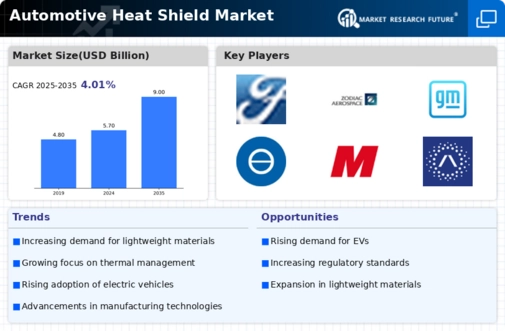
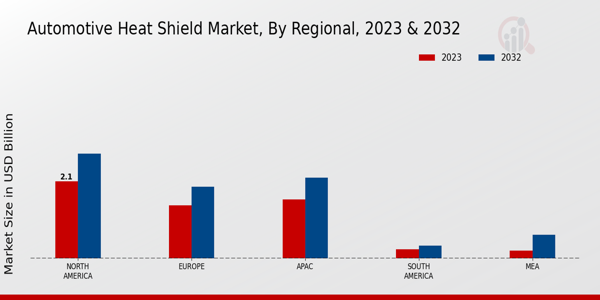
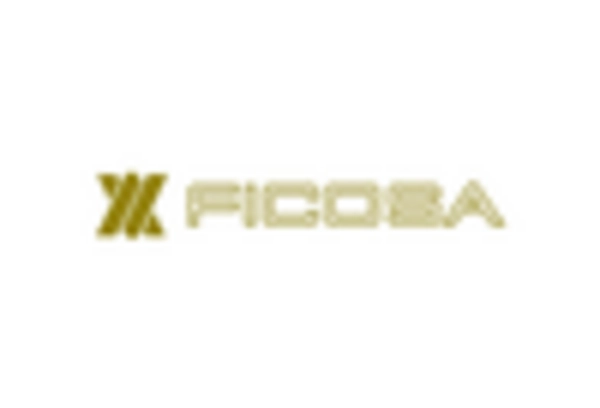
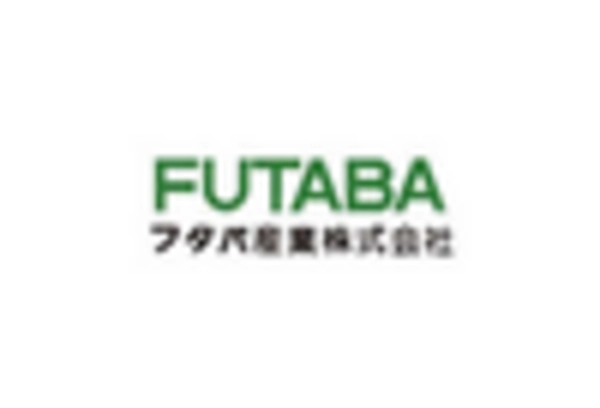

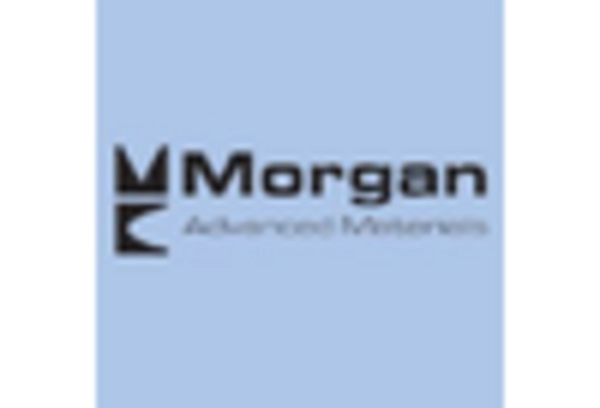
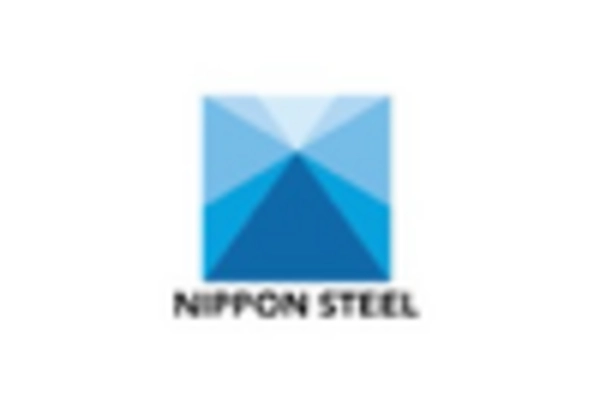


Leave a Comment